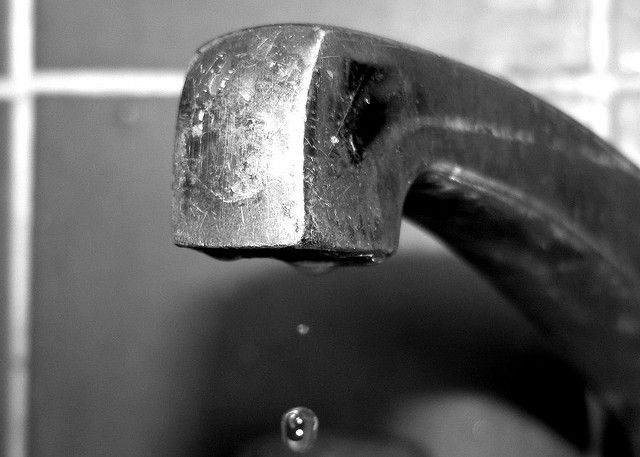
How to Purify Your Tap Water
It's essential to stay hydrated, but most people would rather grab a bottle of water than have to drink from the tap.
This stems from a popular idea that tap water has more contaminants than bottled water. For instance, while chlorine is added to disinfect tap water, the chemical reaction also leaves traces of haloacetic acids and trihalomethane. By themselves, these chemicals aren't enough to cause serious health issues, but their presence in our water isn't a favorable outcome.
Fortunately, there are many ways of purifying tap water for drinking. Companies like Brita specialize in manufacturing water filters, some of which can be hooked directly onto the faucet to provide instant drinking water. You might also consider a water pitcher filter, which provides a free-standing supply of drinking water with only occasional use of the tap required.
Finally, you can try disinfecting the water yourself. For this, you'll need a set of water containers, household chlorine bleach, a cheese cloth, and a large pot.
To start, cover the top of the pot with the cheese cloth so that it catch some of the bacteria and other contaminants. Then fill the pot with water and then set it to boil for about 20 minutes. Once the water hits boiling, let it settle and add in the chlorine. Ideally, you should add 2 drops of chlorine for every quart of water in the pot or 8 drops for every gallon. If the water remains murky, then you may need to increase the dosage. By this point, you can pour the water from the pot into separate containers for future drinking.
Although tap water might not seem like the cleanest liquid for drinking, it's possible to at least make it tolerable with a little foresight and preparation.
Image by Olly Clarke on Flickr
Categories
- Arts & Entertainment 100
- Automotive 186
- Business & Professional Services 219
- Construction & Contractors 298
- Clothing & Accessories 76
- Community & Government 95
- Computers & Electronics 74
- Education 75
- Food & Dining 86
- Health & Medicine 186
- Legal & Financial 100
- Home & Garden 179
- Industry & Agriculture 105
- Media & Communications 44
- Personal Care & Services 73
- Real Estate 68
- Shopping 74
- Sports & Recreation 87
- Travel & Transportation 102
- Animals & Pets 11
- Arts 9
- Community 9
- Chain 607
- Computers & Internet 8
- Health Care 10
- Communication & Media 7
- Shopping & Retail 10
- Health & Beauty 9
- Education & Schools 8
- Financial & Legal Services 14
- Home & Office 13
- Lawyers & Legal Services 7
- Financial & Services 1
